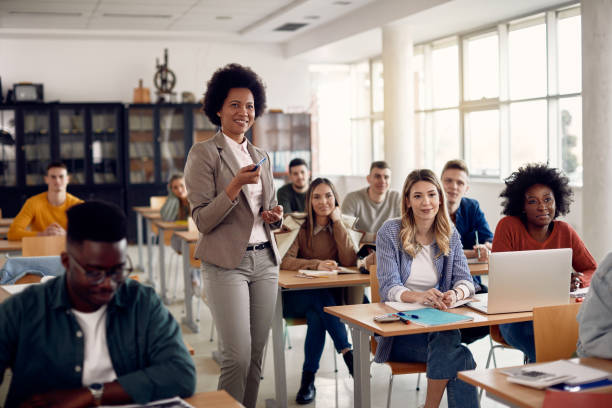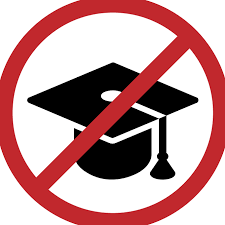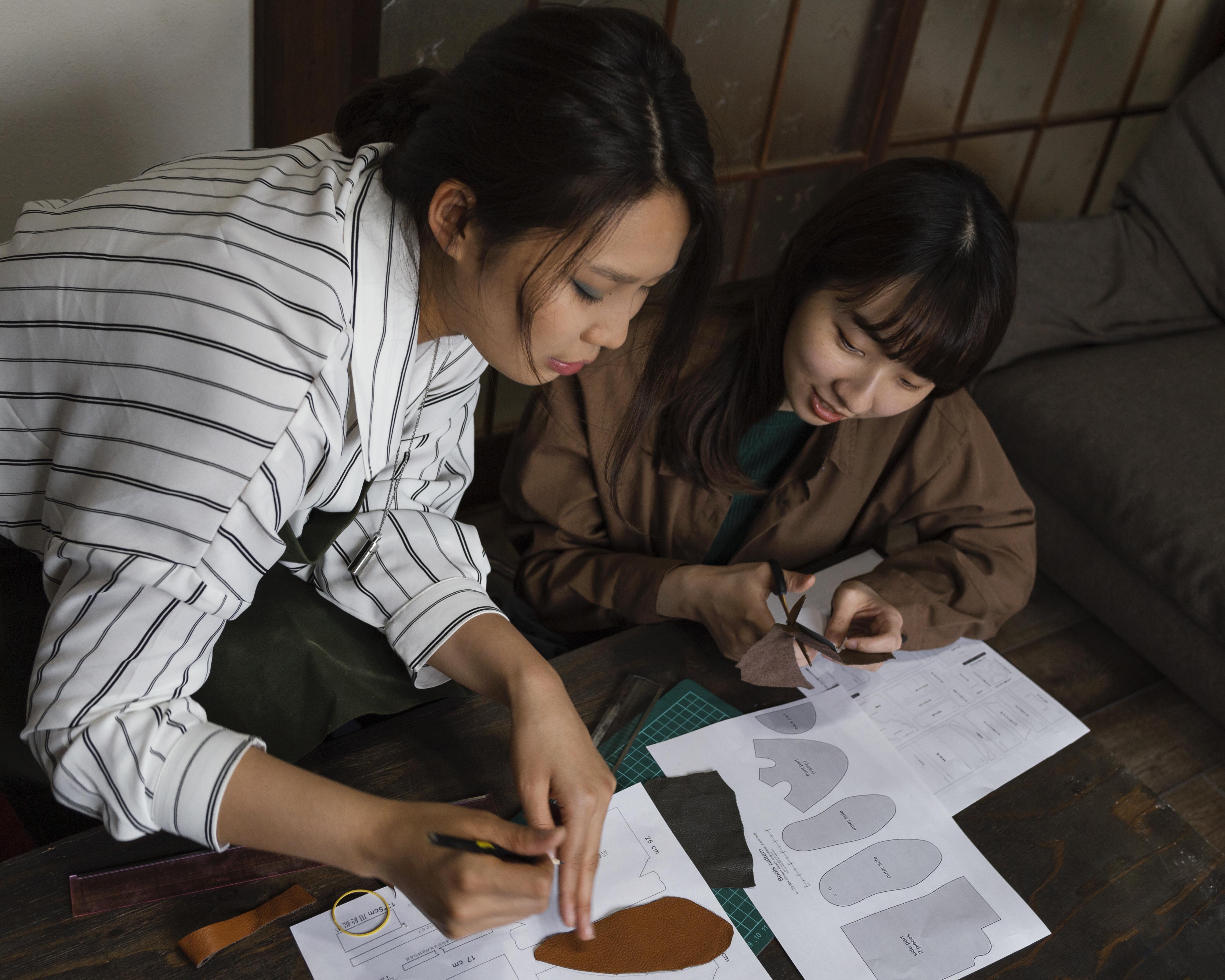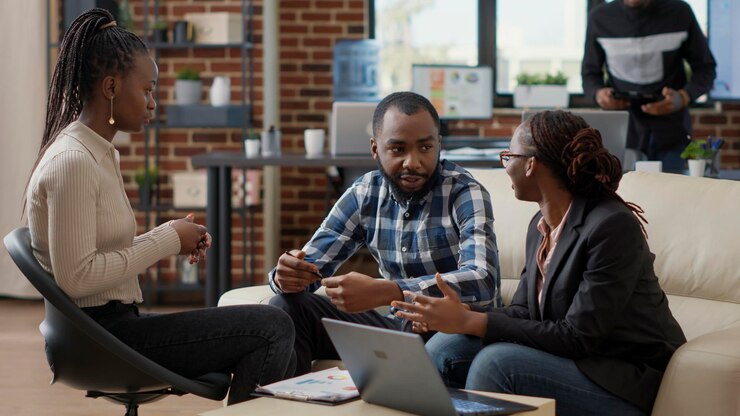What Educators and their Students Have in Common

Educators and their students are often seen as occupying separate roles in the educational process. However, both parties have more in common than they may realize. By recognizing and embracing this common ground, educators and learners can foster a mutually beneficial relationship that enhances the learning experience for everyone involved.
This article highlights the steps both the educators and their students can take in achieving their purpose in the educational supply chain, forming a true partnership. These steps involve creating an environment of trust, fostering open communication, setting clear expectations, promoting active engagement, and celebrating successes. By implementing these strategies, educators and learners can work together to make each other's responsibility easier and maximize their potential.
One of the most important aspects of a successful partnership between educators and students is the establishment of trust. Educators must build trust by showing genuine care and concern for their students' well-being and academic success. Similarly, students must trust that their educators have their best interests at heart and are committed to helping them succeed.
Open and honest communication is also crucial in this partnership. Educators should encourage students to voice their ideas, concerns, and questions, fostering an open dialogue where everyone's opinions are valued and respected. Students, in turn, should actively participate in discussions and seek clarification when needed.
Clear expectations are another vital element. Educators should clearly communicate the learning objectives and expectations for each lesson, assignment, or project. This clarity allows students to better understand what is required of them and empowers them to take ownership of their learning.
Students should also take responsibility for their own learning by actively engaging in the educational process. This involves coming to class prepared, participating in classroom activities, completing assignments on time, and seeking additional resources or assistance when needed.
Active engagement can be further enhanced through the use of interactive teaching methods. Educators should incorporate activities that encourage collaboration, critical thinking, problem-solving, and real-world application of knowledge. By doing so, educators can create a dynamic and engaging learning environment that motivates students to actively participate in their own education.
On the other hand, students can contribute to this partnership by demonstrating initiative and enthusiasm for learning. They can actively seek out additional resources, engage in self-directed study, and take advantage of opportunities for extra help or enrichment.
Recognizing and celebrating successes, both big and small, also plays a vital role in creating a productive partnership between educators and students. Educators should acknowledge students' achievements, whether it be improved grades, creative solutions to problems, or personal growth. This recognition motivates students to continue striving for excellence and reinforces their sense of accomplishment.
Likewise, students should appreciate the efforts and dedication of their educators. A simple thank-you, expressing gratitude for their guidance and support, can go a long way in building a positive relationship. Students should also take the opportunity to recognize and celebrate their own achievements, as this self-reflection fosters a growth mindset and increases their confidence.
Educators and students can also collaborate outside of traditional classroom settings. Educators can provide opportunities for students to share their knowledge and skills with others, such as through peer tutoring or mentoring programs. By encouraging students to take on leadership roles, educators facilitate a sense of responsibility, empathy, and confidence in their students.
Additionally, educators can involve students in the decision-making process by seeking their input on classroom rules, activities, and curriculum development. This inclusivity empowers students and gives them a sense of ownership and responsibility for their own education.
It is also important for educators to understand and respect the diverse backgrounds, learning styles, and strengths of their students. Differentiated instruction ensures that each student's individual needs are met. In turn, students can enhance their learning experience by respecting and appreciating the diverse perspectives and talents of their peers.
Educators and students can also engage in two-way interactions that extend beyond the academic realm. By getting to know their students on a personal level, educators can better understand their unique needs, interests, and motivations. This knowledge allows educators to tailor their teaching methods and provide personalized support.
In the same vein, students should take the initiative to get to know their educators as individuals. By building a rapport with their educators, students can feel more comfortable seeking help and guidance, knowing that their educators are invested in their success.
Lastly, educators and students can benefit from embracing a growth mindset. Educators should emphasize the idea that intelligence and abilities are not fixed, but can be developed through hard work, perseverance, and a willingness to learn from mistakes. Students, in turn, should approach challenges with a positive attitude, viewing them as opportunities for growth and improvement.
In conclusion, educators and their students share a common goal - to create a positive and productive learning environment. By recognizing their shared purpose and implementing strategies such as building trust, fostering open communication, setting clear expectations, promoting active engagement, and celebrating successes, educators and learners can work together as partners-in-progress. This collaboration not only makes each other's responsibility easier but also leads to a more fulfilling and impactful educational experience.
As educators and students embrace their shared responsibilities, they foster a culture of continuous learning and growth. This partnership creates an environment where each party feels supported, respected, and valued. Together, educators and students can maximize their potential and achieve their educational goals.
By embracing the principles of trust, communication, shared responsibility, active engagement, and recognition, educators and students can forge a strong and mutually beneficial relationship. Let us remember that our shared purpose is to educate, inspire, and empower the next generation. Together, we can make a difference in the lives of our students and create a brighter future for all.
So, let us acknowledge the common ground we share as educators and learners and recognize the power of partnership. By working together, we can overcome challenges, achieve our goals, and create an educational experience that truly reflects the potential of our collective efforts. Let us remember that by supporting each other, we create an environment where everyone can thrive and succeed.
Check This Out!
|
| |
|
| |
|
|











